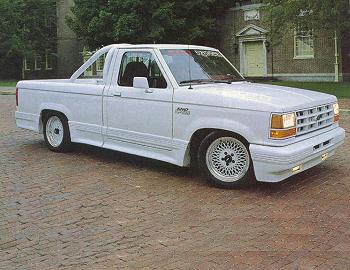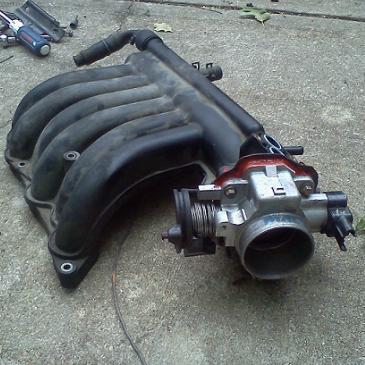Lefty
Well-Known Member
- Joined
- Feb 8, 2022
- Messages
- 1,691
- Reaction score
- 1,847
- Points
- 113
- Location
- Saint Paul, MN
- Vehicle Year
- 2003
- Make / Model
- Ranger Edge
- Transmission
- Automatic
Way back when Ford introduced the SHO (Super High Output), a version of its Taurus, which offered a naturally aspirated 3.0 liter Vulcan that went as fast as an 8. Someone even put that engine in a Ranger. There's even a post about it here

Buick also offered a 3.0L Fireball Six with similar performance characteristics. It proved to be a wonderful idea. Buick still makes them today.
Ford dropped that version of the SHO. Too bad.

Fords SHO Ranger Project Truck - The Ranger Station
This article was submitted by Forum Member BigBlockRanger. It originally appeared in the Spring 1990 issue of Minitruckin magazine. Overview: 1989 Ford Ranger with a 3.0L SHO engine, T5 Manual and Ford 8.8-Inch rear This article was first posted in … Continued
www.therangerstation.com
Buick also offered a 3.0L Fireball Six with similar performance characteristics. It proved to be a wonderful idea. Buick still makes them today.
Ford dropped that version of the SHO. Too bad.















